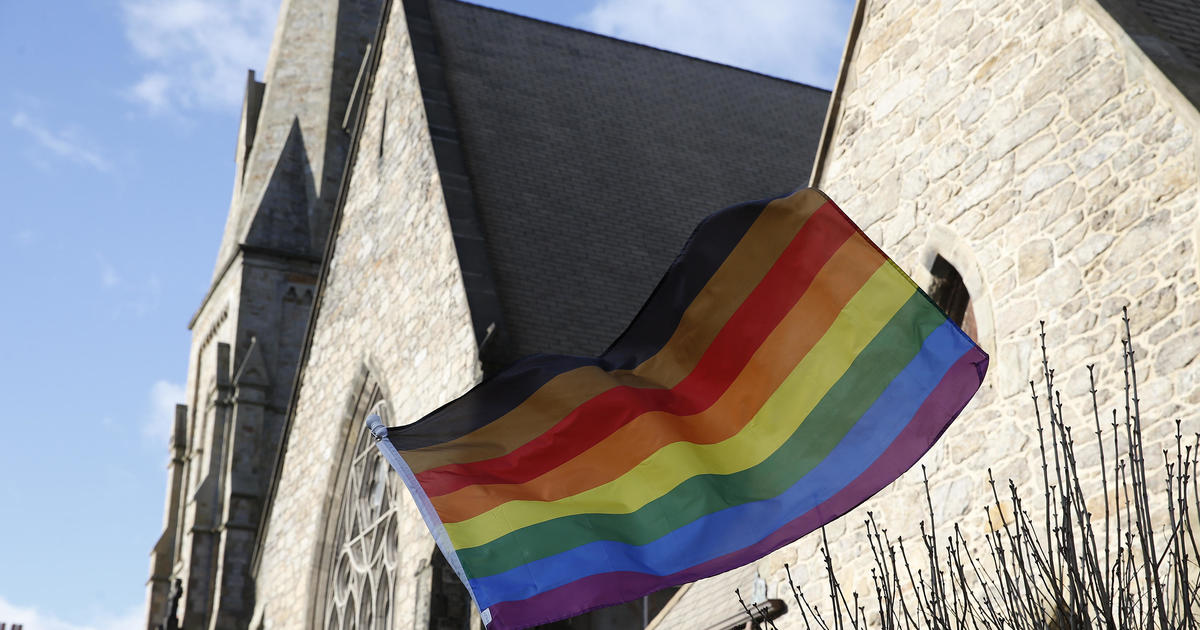America's Schizoid Winter
As the East shivered, the West simmered. So far it's been a winter of contrasts from Maine to California.
The National Oceanic and Atmospheric Administration reported the obvious Friday: cold, snow and ice storms have battered the Eastern states, while parts of the West racked up record or near-record winter warmth.
Weather scientists consider winter to be from the beginning of December to the end of February.
Nevada and Utah had the warmest January on record. It was the second-warmest January in California, Oregon and Arizona. Even Alaska was well above average for the month.
Meanwhile, an atmospheric flow pattern that brought arctic air into the Eastern United States resulted in below average temperatures and snow and ice storms in some areas.
A month after an ice storm left thousands without power in North Carolina, snow ranging from 4 to 12 inches fell across the state on Jan. 23, leaving drifts of 3 to 4 feet on the Outer Banks.
Heavy snows also fell in parts of the Northeast, where Syracuse, N.Y., had more than 100 inches of seasonal snowfall by the end of January. Syracuse normally receives 112 inches per year.
These conditions contrasted sharply to the previous winter, the warmest on record for the region.
NOAA's National Climatic Data Center in Asheville, N.C., said January's average temperature for the contiguous United States was 32.9 degrees, 2 degrees above the 1895-2002 mean but well below the record warm January of 1953 when the average temperature was 37.3 degrees.
December 2002 was the ninth wettest December on record for the contiguous United States. Extremely dry conditions followed as 2003 began, however, and January was the second driest such month since 1895. The most unusually dry region for the two-month period stretched from Colorado to Minnesota, Wisconsin and Michigan.
Warmth and lack of snowfall in the upper Midwest adversely affected winter recreation and entertainment including winter festivals, snowmobiling and skiing.
In January, 39 states were significantly drier than average, with Arkansas, Louisiana, Florida and Minnesota having their driest Januarys on record. Eighteen other states were much drier than average, and the only states with significantly above-average precipitation were Washington and Idaho.
Seasonal snowpack levels also were very low throughout much of the West, raising the prospect that even more widespread and severe drought might occur in the summer of 2003.



